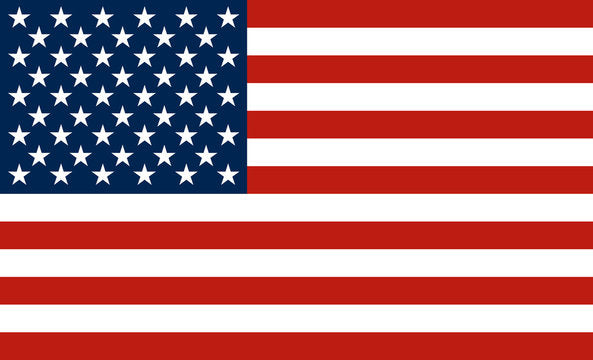


The Extended Cold Weather Clothing System (ECWCS) is a layer-based apparel system designed for the U.S. Army, used in moderate to sub-zero climates. The third iteration, Gen III (Extended Climate Warfighter Clothing System), is the most advanced yet—lighter, less bulky, and featuring twelve garments across seven layers for optimal insulation, layering, and ventilation.
Our Level 1 Base Layers are inspired by the same cutting-edge research behind the U.S. Army’s ECWCS, but we’ve taken it a step further. Designed as the first layer worn next to the skin, they deliver essential insulation and moisture-wicking performance to keep you dry and comfortable in any condition.

NEXT TO SKIN BASE LAYER
Designed as the first layer worn next to the skin (Level 1), they absorb moisture while maintaining their ability to insulate, keeping you dry and comfortable in any condition. They are also naturally moisture wicking – able to draw perspiration away from the skin so you stay dry when working up a sweat.
MADE FOR MOVEMENT
Our base layer features a crotch gusset that lets you squat, lunge, and ruck without restrictions. Plus, the flat seams eliminate chafing, so you can push through the grind without distractions.
REGULATES TEMPERATURE
What really sets merino apart is its breathability – it's able to prevent overheating and cool you down when conditions heat up. Merino’s natural ability to regulate body temperature means you pack fewer clothes and stay comfortable in any weather.
THE PERFECT MERINO BLEND
The 81% Merino Wool carries antimicrobial, quick drying, and insulating properties. 12% Nylon blend helps the merino wool retain its shape and be more abrasion resistant. 7% Elastane gives stretch.
ODOR-RESISTANT
The build-up of bacteria is what creates an unpleasant smell on your shirts. Unlike synthetic fibres, merino wool naturally resists bacteria and odor retention.
BUILT IN THE USA
Our Merino Bottom Base Layer are proudly American-made, built right here at home with wool sourced from New Zealand.

History of Wool in the Military
While wool has always been the primary fiber in all U.S. Armed Forces dress uniforms, military leaders are again looking at modern wool as an under-layer and for its benefits surrounding heat resistance and flame retardancy for our troops.











